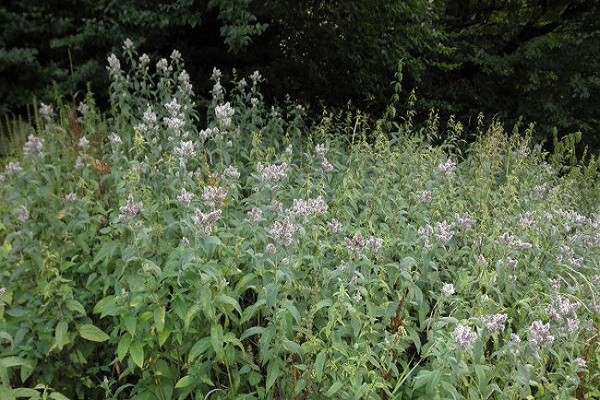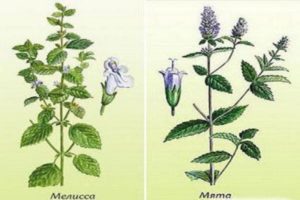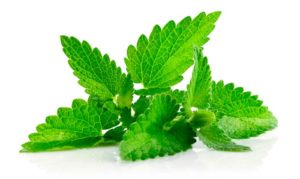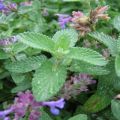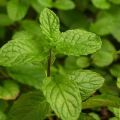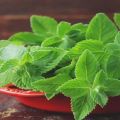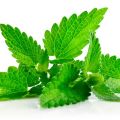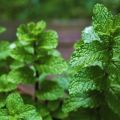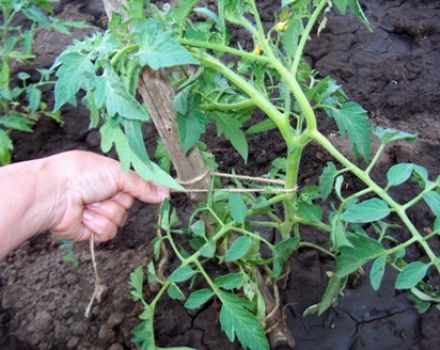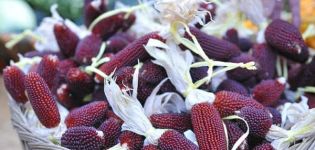Description of the variety of spike (garden) mint, features of cultivation and care
Many gardeners appreciate spearmint for its unique aroma and pleasant taste. In addition, its fresh foliage contains a sufficient amount of life-giving vitamins necessary for the human body.
Features of garden mint
Garden mint is a perennial, the height of which depends on the current conditions of development and cultivation. Its size reaches from 30 cm to 1 m. Its stems are straight, flexible. Leaves are ovoid with jagged edges. Unlike traditional peppermint, this variety has a slightly sweet aroma. Her flowers are white or pinkish.
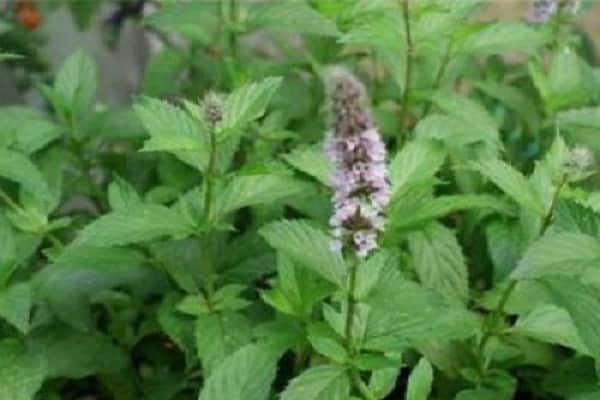
In what conditions does it grow
Fragrant mint has been developing in one place for more than one year. But if the site is not dug up periodically, then the perennial will gradually degenerate and disappear. Growing mint is not associated with certain difficulties, since this perennial is unpretentious to external conditions.
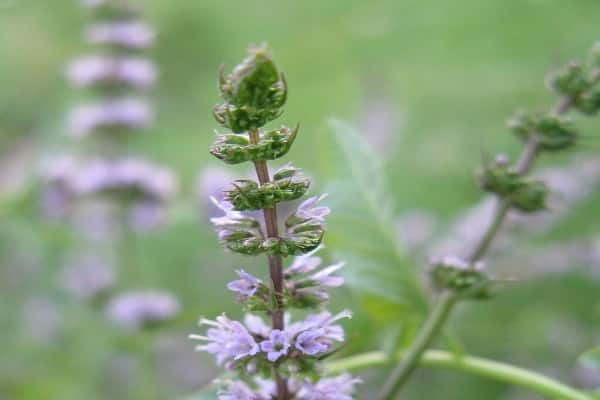
Planting timing
Mint is a frost-hardy perennial, so it is planted in autumn, early spring or summer. Selected seeds are sown in early spring so that the samples do not freeze over the winter. When sowing seeds in summer, there is a risk that young seedlings will not have time to get stronger by autumn, before the onset of the first cold weather.
Vegetative planting is carried out in late spring, when the selected material is ripe.
Planting stem and strong root cuttings is carried out at any time of the year - in spring, summer or autumn. In the northern parts of the country, the planting of perennials is completed in August, while there are reserves for further rooting.
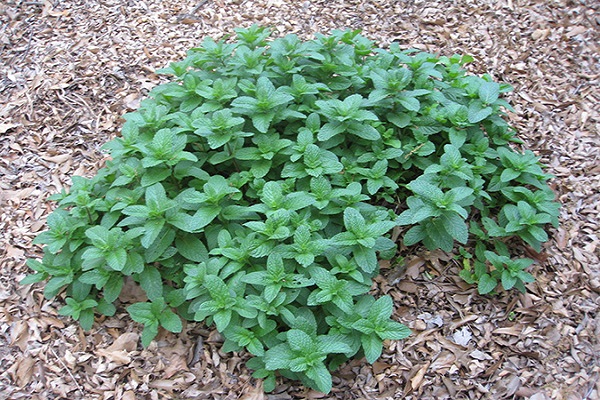
Seed preparation
Gathering ripe seeds from a plant is an activity that requires some effort. Artificially grown perennials will not give a mother plant in the end, but only a sample used by breeders to breed a hybrid will be obtained.
It is for this reason that it is recommended to purchase ready-made mint seeds in specialized stores. Samples like these give stronger, better shoots.
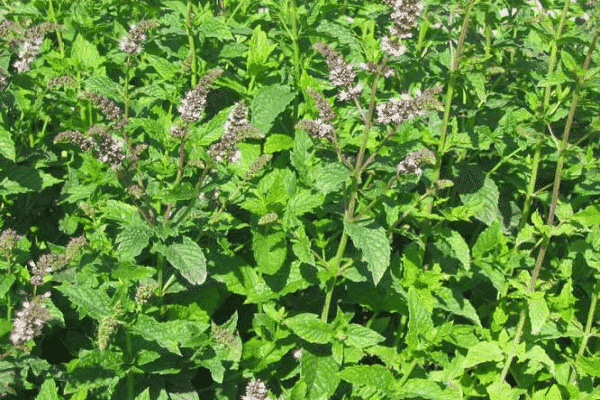
How to prepare a garden bed
Life-giving mint is undemanding to soil compositions, the ideal soil for it has the following qualities:
- easy;
- porous composition, with free air access to the roots;
- moist but not waterlogged;
- loamy composition, but not sandy loam.
The increased lime content in the soil will not create problems for the intensive growth and development of traditional mint, but only a weak aroma will come from the foliage. Dense clay soil, on which stagnant water is observed, should not be used for planting mint.Even competent care according to all the rules will not allow saving a perennial.
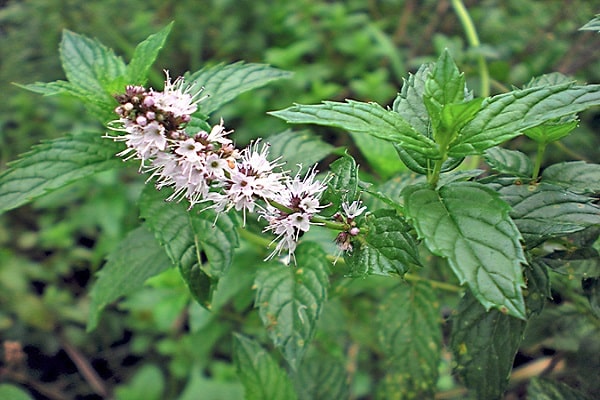
Before planting mint, the site is prepared in the following way: remove weeds, dig in, apply fertilizers. Perennial responds well to organics and life-giving minerals.
The height of the garden beds is determined by the type of soil. If the soil composition dries quickly, it is better to make them low. For moist soil and protection of roots from decay, high beds are made.
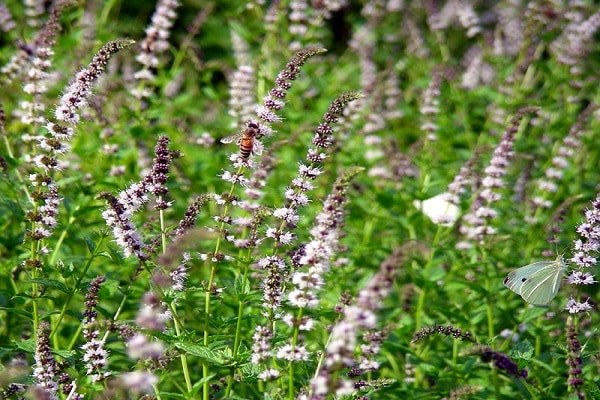
How to sow
To begin with, sow the selected seeds in prepared pots, you need to grow seedlings and plant them in open ground. Sow ready-made seeds for seedlings in February. For this purpose, they are scattered over the surface of a box with high-quality peat. After that, the box is tightly covered with foil, placed in a lighted place, but not close to the window.
Small shoots will appear in 15 days. After that, the boxes are fully opened and placed on the windowsills. Full-fledged perennials grow in indoor conditions in 2 months. When sowing seeds, they give tender young greens, which cannot be said when propagated by cuttings.
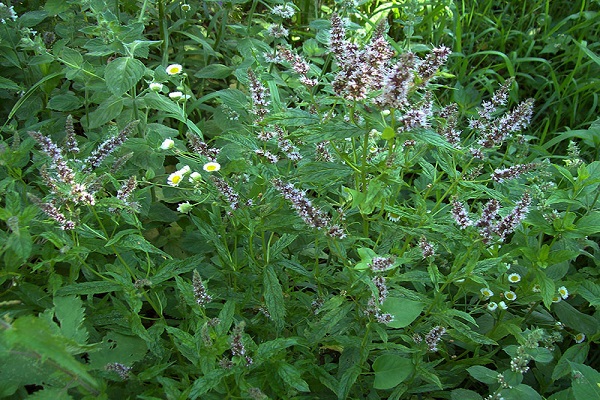
Watering rules
Mint loves moisture, so they provide it with moderate watering, preventing moisture stagnation. In times of severe drought, almost daily watering is required. In addition to irrigation, regular spraying of the bush is required.
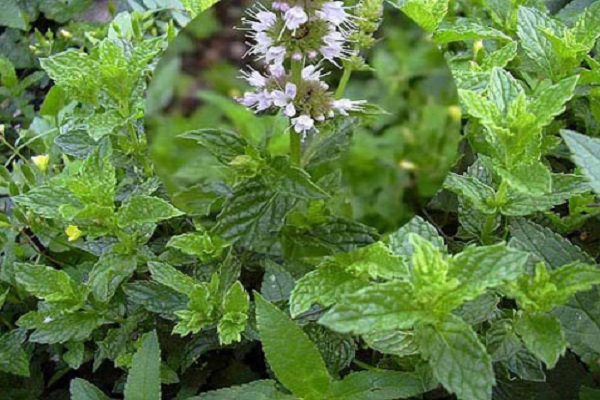
Loosening and weeding
Remember to regularly loosen and weed the young mint. It is necessary to remove weeds constantly, to prevent thickening of the sprouts. Regular loosening of the aromatic mint is essential as it provides additional oxygen to the roots.
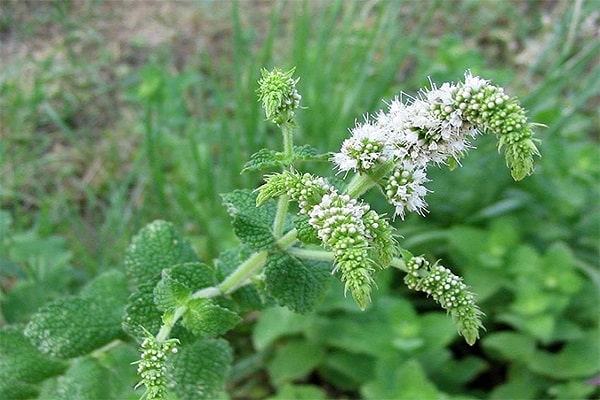
Diseases and pests
When growing mint, you need to be on the lookout, as various diseases can attack it all the time. Almost in all areas of perennial cultivation, its common ailment is found - rust. This harmful fungus develops due to high humidity. You can fight dangerous rust with preventive spraying.
Often a perennial suffers from powdery mildew, when a white bloom appears on young stems. Pollination with ground sulfur helps to cope with the disease.
Anthracnose appears as brown spots on the affected perennial foliage. Spraying with Bordeaux liquid will help to save the excellent mint.
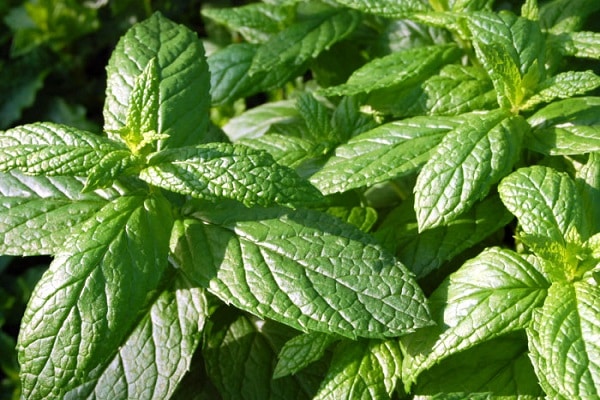
Leaf spot - brownish spots on the leaves with black dots and a dark rim around the edges. A solution of Bordeaux liquid, which needs to be sprayed on foliage, will help to eliminate this trouble.
To prevent the spread of ailments, timely preventive measures are taken: the plant is transplanted, the affected parts are burned.
To avoid powdery mildew, the crop is cut in July, before the spread of the destructive disease.

In addition to diseases, dangerous pests attack unprotected mint. A perennial in the southern region suffers from a mint mite that feeds on the sap of the top of the plant. The life-giving mint is saved by the treatment with acaricides of all the material for the primary planting.
A lot of trouble is delivered to the plant by leafhoppers, sucking the juice of the leaves. Spraying with potent insecticides eliminates this problem.
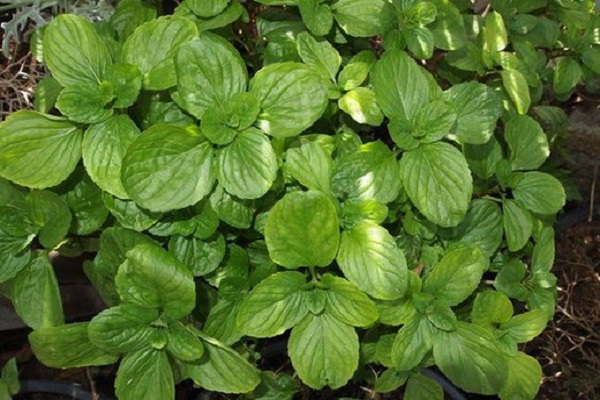
Harvesting and storage
In the first year of active vegetation, life-giving mint gives a good harvest. If fresh mint is supposed to be consumed, then fresh leaves are plucked from the stem. Fresh, it is added to various soups, meat, cooked seafood, pea soups. Heat treatment removes the freshness in mint, so it is added at the end of cooking.
So that the cut stem does not fade quickly in a hot time, it is wrapped in damp gauze, placed in a refrigerator.
Life-giving mint tolerates drying well. The collection of the medicinal crop for drying is carried out in July-August, at the beginning of lush flowering, at this time the foliage has the best composition of essential oils and nutrients.The cut young stems are dried in neat bunches, the leaves and inflorescences are cut off, and ground into a fine powder.
